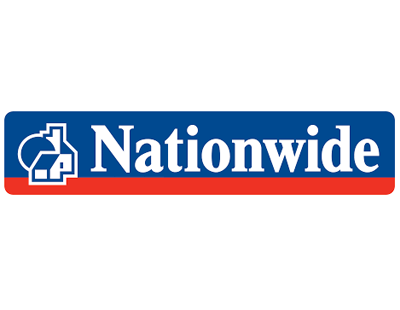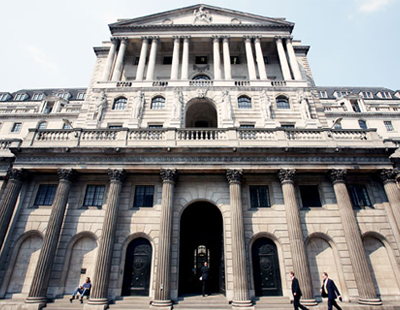As seems to be all the rage with Jeremy Corbyn
asking the PM questions emailed in to him at Prime Minster Question Times, I to
wish to answer a question emailed into me from a potential Eastleigh landlord
last week. Nice chap, lives in Chandlers Ford, and it turns out, after having a
coffee with him, he works in IT, has a spare bit of cash (now the kids have
flown the nest) and wanted to buy his first buy to let property.
His main question was
... Do I buy a freehold house or a leasehold flat in Eastleigh?
Most people will say freehold every time, because
you own the land. However, it’s not as simple as that (it never would be would
it!). The definitive answer though is to research what Eastleigh tenants want and
in what part of Eastleigh they want it! The tenant is ultimately your customer
and if they don't want to rent what you decide to buy, then you are not going
to have a successful BTL investment. So starting with the tenant in mind and
working backwards from there, you won’t go far wrong. In a nutshell, find the
demand before you think about creating the supply.
Leasehold flats and apartments in Eastleigh are
excellent in some respects as they offer the landlord certain advantages,
including the fact a flat can be initially cheaper to buy. Yields can be quite
good, offering better cash flow. The building will already be insured and yes
there is a service charge, but it’s still for a service at the end of the day
and that cost is spread between many others (i.e. when your freehold house roof
goes, its falls 100% on your shoulders) and one of my favourites is that there
is often no garden to maintain or blown down fences to replace!
However, some Eastleigh leasehold flats can suffer from poor capital growth. Some leasehold properties have no cap on the level of the service charge and it may get out of control. The length of the lease will significantly affect value if not renewed before it gets too short – don’t let it drop below 80!! Thankfully there’s not many, but some Eastleigh apartments/flats have burdensome clauses. Finally, with leases, there can be sub-letting issues – which means you can’t let them out.
However, some Eastleigh leasehold flats can suffer from poor capital growth. Some leasehold properties have no cap on the level of the service charge and it may get out of control. The length of the lease will significantly affect value if not renewed before it gets too short – don’t let it drop below 80!! Thankfully there’s not many, but some Eastleigh apartments/flats have burdensome clauses. Finally, with leases, there can be sub-letting issues – which means you can’t let them out.
So what do the numbers look like? Well since 2003,
the average freehold property in Eastleigh (detached, semis and terraced) has
risen from £186,683 to £296,107, a rise of 58% whilst the average Eastleigh
leasehold property (flats and apartments) has gone up in value from £107,990 to
£159,900, a more mediocre rise of 48%.
I was really interested to note that of the 5,864
rental properties in the Eastleigh Borough Council area that the Office of
National Statistics believe are either let privately or through a letting
agency, 2,518 of them (or 42.9%) are apartments. However, there are 8,593 apartments
in the whole council area (be they owned, council rented or privately rented), which
represents 16.5% of the whole housing stock in the area. This really intrigued
me that, quite obviously, there is a high proportion of Eastleigh’s leasehold
apartments/flats rented to tenants compared to detached, semi’s or terraced.
Fascinating don’t you think?
Every Eastleigh apartment block, every terraced
house or semi is different. Like I said at the start, the definitive answer
though is to research what Eastleigh tenants want in the area of Eastleigh they
want. Demand for town centre apartments, near the night-life and transport links
can be popular and can offer the Eastleigh landlord very good yields with
minimal voids. However, Eastleigh terraced houses and semis, whilst not always
offering the best yields (although sometimes they can), they do offer the Eastleigh
landlord decent capital growth.
My advice to the prospective landlord, as it is to
you, is do your homework. What many Eastleigh
landlords do, irrespective of whether you are a landlord of ours, a landlord
with another agent or a DIY landlord, if you see any property in Eastleigh,
that catches your eye as a potential buy to let property, be it a terraced
house, semi or flat ... email me and I will email you back with my thoughts
(although I will tell you what you need to hear .. not want to hear!)


